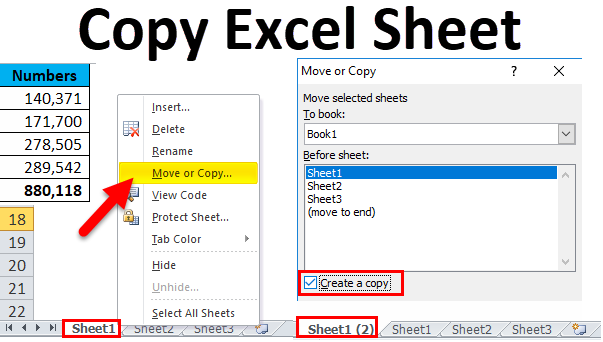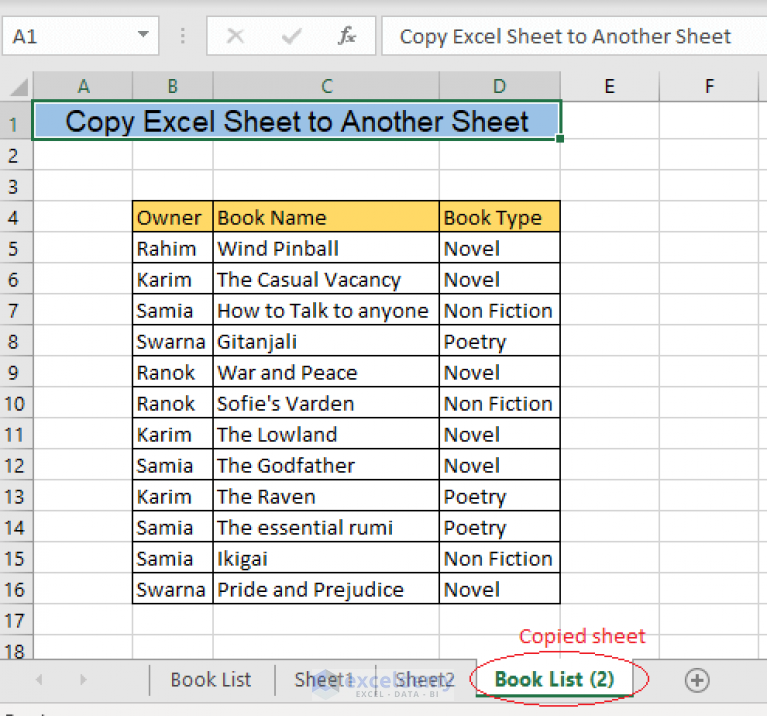Excel Mastery: Copy Values Between Sheets Easily

The Importance of Efficiency in Excel
Microsoft Excel is a powerful tool utilized by millions around the globe to organize, analyze, and visualize data. From simple personal finance tracking to complex financial modeling for global companies, Excel's versatility is unmatched. One of the core functionalities that enhance productivity within Excel is the ability to copy values between sheets efficiently. This capability is essential for reducing manual entry errors, speeding up data analysis, and maintaining data consistency across multiple sheets or workbooks. In this comprehensive guide, we'll dive into various methods and best practices for copying values in Excel, ensuring you leverage the full power of this tool.
The Basics of Copying Values

Before delving into the advanced techniques, let's cover the basic methods for copying values in Excel:
- Manual Copy-Paste: The simplest method where you select the cell or range of cells, right-click and choose 'Copy', then move to the destination sheet, right-click again, and select 'Paste Values'. This method is intuitive but can become tedious for large datasets.
- Keyboard Shortcuts: Utilize Ctrl + C to copy and Ctrl + V to paste, then immediately use Alt + E, S, V, Enter to paste values only. This shortcuts the process for frequent users.
📌 Note: The keyboard shortcut method assumes you are on Windows. On macOS, substitute Ctrl for Cmd.
Advanced Techniques for Copying Values

Using Paste Special

When moving beyond simple copy-pasting, Excel's Paste Special feature becomes invaluable:
- Select your source data, copy it, then right-click on your target sheet and hover over 'Paste Special'.
- Choose 'Values' to paste only the cell values without formatting or formulas. This option is crucial when transferring data between different workbooks or sections of a workbook with varied formatting.
| Operation | Shortcut |
|---|---|
| Copy | Ctrl + C |
| Paste Special > Values | Alt + E, S, V, Enter |

Linking Data

For data that needs to update dynamically between sheets, creating links is more efficient than manually copying:
- Enter an equal sign (=) in the cell where you want to copy the data, then navigate to your source sheet and select the cell with the value you wish to link. Excel will then create a formula that references the source cell.
Here are some advantages of linking:
- Dynamic Updates: Changes in the source sheet will reflect automatically in the target sheet.
- Ease of Maintenance: Managing data becomes simpler since you only need to update the source.
🔗 Note: Be cautious when linking data as it can increase the file size significantly if not managed properly.
Automating Copying with VBA

For those looking to automate repetitive tasks or handle large-scale data transfers, VBA (Visual Basic for Applications) offers unmatched control:
Sub CopyValues()
' Define source and destination worksheets
Dim wsSource As Worksheet
Dim wsDestination As Worksheet
Set wsSource = Worksheets("Sheet1")
Set wsDestination = Worksheets("Sheet2")
' Define ranges
Dim SourceRange As Range
Dim DestRange As Range
Set SourceRange = wsSource.Range("A1:A10")
Set DestRange = wsDestination.Range("B1")
' Copy the values without formatting
SourceRange.Copy
DestRange.PasteSpecial Paste:=xlPasteValues
' Clear Clipboard to prevent memory leaks
Application.CutCopyMode = False
End Sub
VBA allows you to:
- Automate the copy-paste process across multiple sheets or workbooks.
- Create user-defined functions that can perform complex data operations with minimal user interaction.
🛠 Note: Learning VBA requires time but can significantly boost your efficiency in Excel.
Using Power Query for Data Import

For users dealing with large datasets or external sources, Power Query provides an advanced solution:
- Transform and load data from various sources into Excel without copying or linking.
- Automatically refresh data from sources like databases or web services, ensuring your Excel workbook always contains the latest information.
Steps to Use Power Query:

- Go to the Data tab in Excel, click 'From Other Sources', and select your data source.
- After connecting to your data source, use the Query Editor to transform your data as needed.
- Load the data into your workbook where you can choose to 'Load To' specify where the data should be placed.
Power Query is particularly useful for:
- Data cleansing before it enters your Excel workbook.
- Integrating data from multiple sources into a single table or view in Excel.
📊 Note: Power Query is an advanced feature, but its interface makes it accessible to intermediate Excel users.
Conclusion

Mastering the art of copying values between sheets in Excel not only saves time but also ensures data integrity and reduces errors. From basic copy-paste operations to sophisticated VBA automation and Power Query data import, the methods outlined here cater to various levels of proficiency in Excel. By incorporating these techniques into your workflow, you can dramatically enhance your productivity, making Excel a more powerful tool in your data management arsenal. Remember, the key is to match the method to your task's complexity and your familiarity with Excel, continually striving for efficiency without compromising the accuracy of your work.
Can I copy values between different Excel workbooks?

+
Yes, you can copy values between different workbooks using the same methods as within a single workbook, like ‘Paste Special’ or VBA. Just ensure both workbooks are open when performing the operation.
What if my source and destination sheets have different layouts?

+
When layouts differ, use ‘Paste Special’ with the ‘Values’ option to ensure only data is transferred without affecting the destination’s formatting. For complex layouts, consider using VBA or Power Query for more control.
How can I ensure my formulas are copied correctly?

+
To copy formulas correctly, use standard copy-paste. If you need to paste only the result of a formula, use ‘Paste Special’ with the ‘Values’ option to remove formula references.



